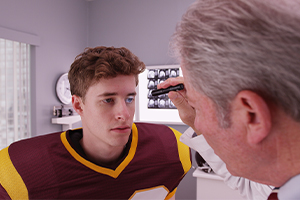
Accidents happen, and most of the time, a slight bump to the head is painful and inconvenient, but nothing to worry about. Usually, it’s just a matter of patching up any bumps and waiting out the pain and inconvenience. However, recent data shows that only one out of every nine concussions are reported across the nation, meaning that a bump that is just a bump may turn into something far more traumatic.
What is a concussion?
A concussion is a type of traumatic brain injury (or TBI) caused by a jolt, bump or blows to the head. It can also be caused by an event that causes the brain and skull to move quickly back and forth. This movement causes the brain to bounce around in the skull, creating damage to brain cells.
How do you get it?
When people think of concussions, they may first thing of professional sports players or car accident victims—both very possible events that can cause a concussion. Any severe blow to the head can cause damage to the brain. However, the most common cause of concussions is actually accidental falls.
Accidental falls make up about 47% percent of traumatic brain injury related visits to emergency departments nationwide. Falls affect younger people and older people disproportionally. Being struck by an object is the second leading cause of concussions or traumatic brain injuries. Assaults, motor vehicle crashes and accidents make up the remaining percentage of traumatic brain injury causes.
How is a concussion different than a bump on your head?
Unlike a simple bump on the head, concussions come with a specific set of symptoms that are unfortunately sometimes not well-spotted. People who have had a concussion in the past are more likely to get one again, and symptoms for some people can last for days or even months. Some symptoms to watch out for are:
• Difficulty thinking clearly, feeling slowed down, difficulty concentrating, or difficulty remembering new information
• Headache, fuzzy or blurry vision, dizziness, nausea or vomiting, sensitivity to noise and light, balance problems, feeling tired or lethargic
• Feeling irritable, sad, emotional, nervous or anxious
• Sleeping more or less than usual, or having trouble falling asleep
How do you treat a concussion?
If you suspect that someone you know has a concussion, make sure they see a medical professional right away. Some tests may be required, like a CT scan of the brain, or neurocognitive tests to test the function on the brain. Even if you think the head injury is not that serious, some people get concussions and don’t even know it. Small changes in vision, hearing, balance, coordination, reflexes, memory and concentration may be signs of a concussion. CT scans or MRIs can look for physical damage to the brain, and blood tests may help confirm a diagnosis.
What happens if you don’t treat a concussion?
Some concussions go untreated because they are not recognized. The first step of treating a concussion is to recognize the symptoms and visit a medical professional immediately. Complications from letting a concussion go untreated can result in a hematoma (brain bleeding) or other brain damage. Look out for drowsiness, worsening headaches, slurred speech, unusual behavior or one pupil larger than the other.
What are the long term effects of traumatic brain injuries like concussions?
A massive concussion or an untreated one can lead to severe traumatic brain injuries. Traumatic brain injuries account for high death and hospitalization rates of the population 75 years of age or older.
Patients with traumatic brain injuries need to be hospitalized. If they do not receive adequate treatment, long-term effects may occur, such as thinking problems, memory loss, learning disabilities, coordination and balance issues, speech, hearing or vision loss, and an unstable emotional state. A severe brain injury can severely affect the life of the patient and the lives of the people around them.
How do I avoid concussions?
Falls are the leading cause of concussions, and research shows that the number of fall-related concussions among children younger than five and adults over than 75 is increasing. Among other age groups, motor vehicle accidents are responsible for most of the traumatic brain injury-related deaths.
Concussions and other brain trauma can also be caused by shaken baby syndrome, a type of child abuse that inflicts head and brain trauma on the child. Babies and young children may be forcefully shaken, causing the brain to bump or jolt against the skull repeatedly.
While we can be as careful as possible operating our cars, playing sports and working around the house, it’s important to know that even this may not help us prevent concussions. One thing to remember is that concussions must be treated right away, so if you suspect that you or a loved one may have a concussion, see a medical professional immediately.
Disclaimer: The contents of this article, including text and images, are for informational purposes only and do not constitute a medical service. Always seek the advice of a physician or other qualified health professional for medical advice, diagnosis, and treatment.








